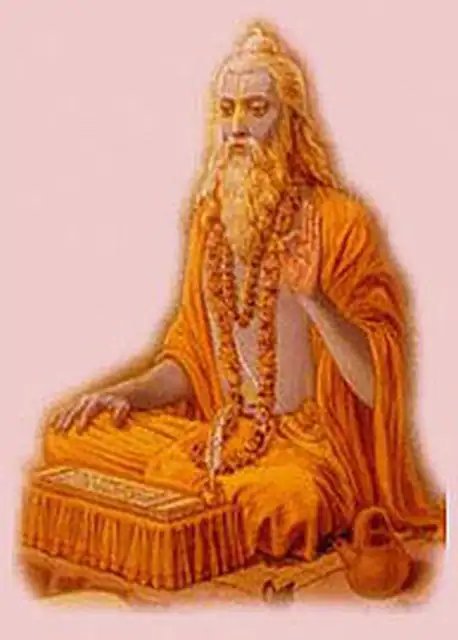Baudhayan

Baudhayan

Baudhayan (Hindi:बौधायन) was an Indian sage and a mathematical guru who was born in approximately 800 BCE in Ancient India.
He is widely known for authoring one of the earliest Sulbasutras which is a compendium of his research works that included mathematical formulae, calculations and methodologies.
He was a polymath and a religious person who wrote the Sulbasutras to provide rules for religious rites.
He is the original discoverer of a theorem wrongly attributed to Pythagoras.
The English translation of a Sanskrit shloka on Baudhayan theorem states:
If a rope is stretched along the diagonal’s length, the resulting area will be equal to the sum total of the area of horizontal and vertical sides taken together.
Mathematical works
He was the first to publish a detailed work on the calculation of Pi, triangle theorem (wrongly attributed to Pythagoras), square root of 2 and circling the square.
The mathematics published in the Sulbasutras enables the accurate construction of altars needed for sacrifices.
He was skilled in the practical use of the mathematics.
Sulbasutras
Baudhayana's Sulbasutra is the oldest surviving Sulbasutra.
The first chapter includes the geometric solutions of a linear equation with a single unknown variable.
Quadratic equations of the higher forms are also described.
Value of Pi
Several calculations of π (pi) are also mentioned in Baudhayana's sutras.
Constructions which are equivalent to taking π equal to 676/225 (where 676/225 = 3.004), 900/289 (where 900/289 = 3.114) and to 1156/361 (where 1156/361 = 3.202) are also described.
Value of square root of 2
An accurate value for √2 is given in Chapter 1 verse 61 of Baudhayana's Sulbasutra.